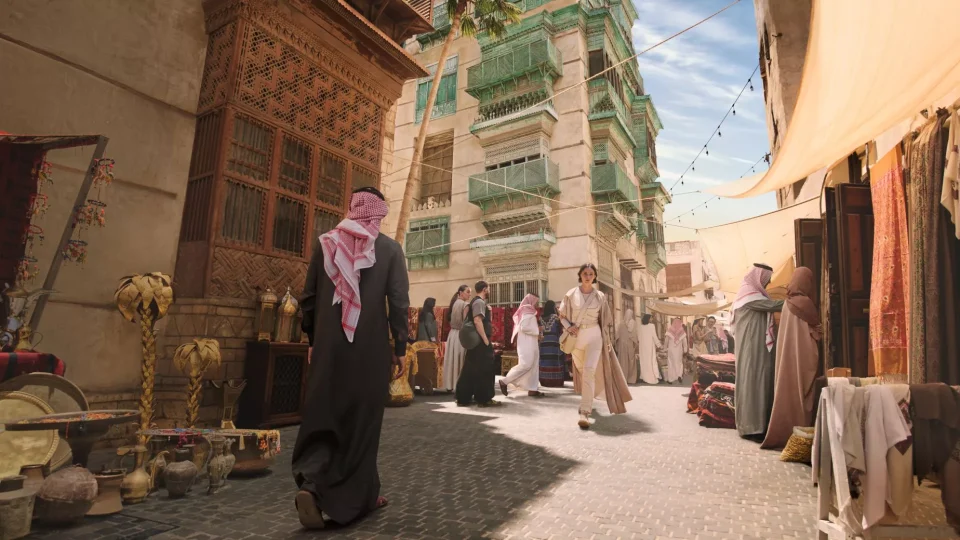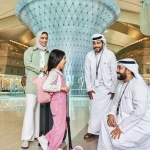Step aside virtual tours of Rome and Kyoto, there’s a new kid on the block. Jeddah, Saudi Arabia’s Red Sea gem and historic gateway to Mecca, is getting a 21st-century upgrade. Through a sparkling new partnership between the Saudi Ministry of Culture and Google Arts & Culture, the ancient alleyways and coral-stone houses of Al-Balad are now live for global audiences to explore, and all from the comfort of your screen.
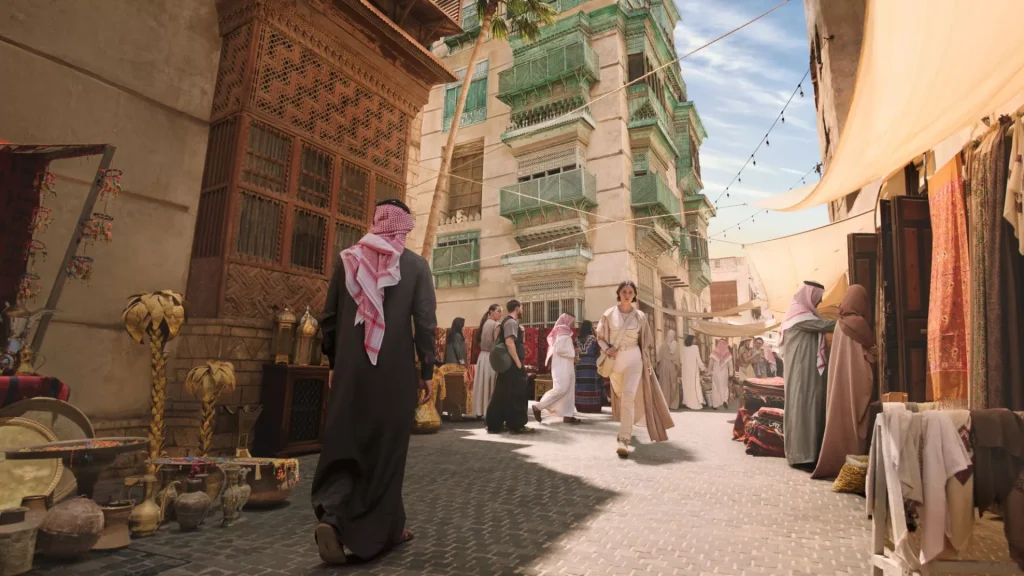
A digital revival of historic Jeddah
Walking through Al-Balad (also known as Historic Jeddah) feels like stepping into a living tapestry of time. Centuries-old houses stand shoulder to shoulder under rawasheen (those stunning wooden lattice windows), mosques whispering tales of faith, and markets humming with trade. It’s been a UNESCO World Heritage Site since 2014.
Now, that sensory magic is being immortalised digitally. The new “Explore Historic Jeddah” page on Google Arts & Culture features more than 30 stories delving into local crafts, architecture, and evolution. You can virtually stroll more than 15 km of streetscapes, explore more than 10 landmark sites, and even tap into AI-powered talking tours.
“We are very excited to announce our first collaboration in Saudi Arabia which allows people to experience Historic Jeddah virtually for the first time with immersive stories and leveraging Google AI,” said Amit Sood, Director & Founder of Google Arts & Culture.
Meanwhile, Abdulaziz bin Ibrahim Al-Issa, Director General of Historic Jeddah District, remarked that “through modern technologies, we have been able to showcase the heritage of Historic Jeddah to millions of virtual visitors and highlight its civilizational value.”
Behind the scenes, this digital leap aligns with Saudi Arabia’s Vision 2030, a sweeping national roadmap that sees culture, tourism, and heritage as pillars of economic diversifications and soft power.
What this means for travellers and the city
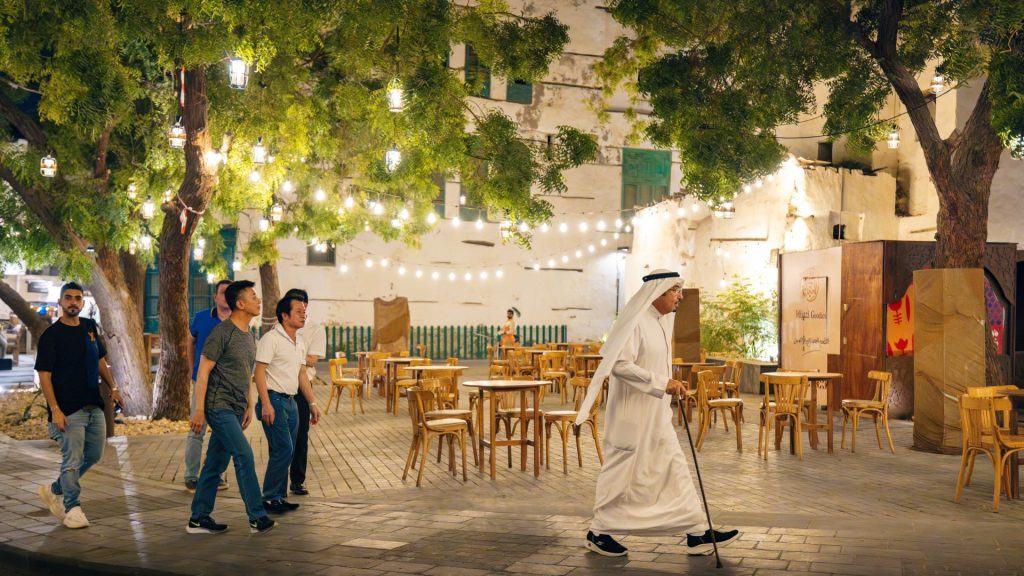
If you’re someone who’s fascinated by history, maps, or travel inspiration, this is a game-changer. Before you’ve even set foot in Jeddah, you can immerse yourself in its lanes, architecture, and stories. That pre-trip excitement can actually deepen your engagement, guide your itinerary, and make you fall in love before the plane lands.
For Jeddah, the benefits are tangible. This helps the city to step beyond being just a stopover or pilgrimage gateway and into the spotlight as a destination for global culture travellers, heritage buffs, creators, and those who seek something off-the-beaten-path. Digitally telling its story gives Jeddah a worldwide stage, inviting curious travellers who might never have considered Saudi Arabia as a hotspot.
It also helps the city manage expectations. Travellers versed in the virtual tour can arrive better informed, respectful of its customs and fragile buildings, and more likely to support preservation efforts, whether by taking guided tours or spending in sustainably managed heritage sites.
Does this change Jeddah’s appeal?
Historically, many people known Jeddah as the “gateway to Mecca” and a practical transit point for pilgrims. With this digital initiative, however, Jeddah is pushing to be appreciated on its own terms. Rather than just a stepping stone, it may now attract a different kind of visitor that are perhaps curious explorers, cultural tourists, virtual travellers turned real ones.
That shift matters, because when someone who has browsed Al-Balad online decides to hop on a flight, they are arriving emotionally invested. They want to touch the carved doors, linger in the souks, taste coastal cuisine, and experience Jeddah’s vibrant street life. In short, a deeper, more meaningful stay instead of a brief overnight stop.
A few caveats to keep in mind
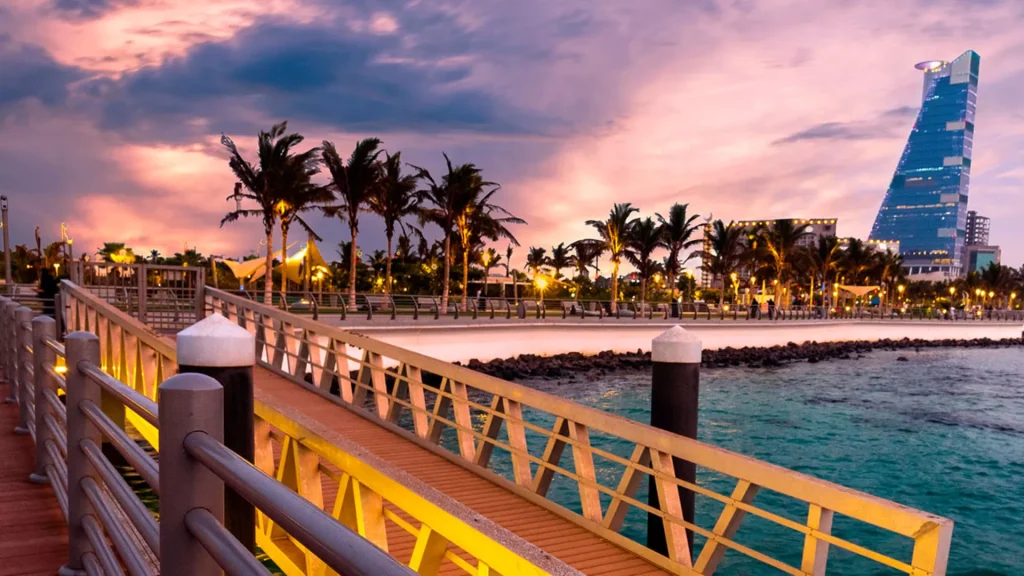
Of course, even digital shine has its shadows. No matter how advanced the virtual experience, it’s not the same as walking under Jeddah’s night sky, feeling the stone steps underfoot, or hearing the calls to prayer echo in alleys. Some travellers might feel a disconnect if the virtual sets up expectations the real city doesn’t fully match.
Another potential risk may be unequal access. While digital tours make heritage accessible to many, they depend on stable internet, devices, and bandwidth. Some audiences or regions may still struggle. Finally, the success of this digital push hinges on whether the city, its infrastructure, and local stakeholders keep up to ensure the physical sites, signages, visitor services, and preservation efforts are robust. Digitising heritage is only the narrative start; safeguarding it in real life is the ongoing work.
So before your next trip, take its virtual streets and let history whisper in your headphones. And when you finally board that flight, you won’t just be crossing continents, you’ll be stepping into a story you’ve already begun to explore…

